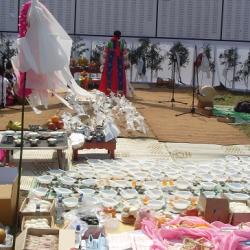Commemorating South Korea's Cheju April 3rd Incident: Cultural Trauma and the Politics of PostmemoryHistorically and politically, Cheju Island, which is located on the periphery of the Asia-Pacific and the Cold War, has been considered a site of strategic importance, and, hence, has had a continued military presence over the years. In this paper Prof Kim considers how the Cheju 3rd April Incident (1947-1954), its silencing within the national narrative for sixty years and its more recent restitutions, has impacted the identity of the victims of the massacre, the commemoration of the event and the complex politics of postmemory that are being played out in Korea. by Seong-nae Kim, June 2022 |
|
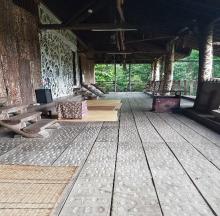 |
Past, present, future - the tangible and intangible heritage of the Borneo longhouseThe tourism material consistently refers to the longhouses of Borneo as places of tradition. They routinely stress the special character of the houses and their remoteness (an 'away from modern life' trope). But what are Bornean longhouses? Following a recent stay on the island, Prof Marie Louise Stig Sørensen reflects on the longhouse as heritage and explores the interweaving of the tangible and intangible dimensions at play and the role of value and tradition in longhouse membership in contemporary society. by Marie Louise Stig Sørensen, April 2020
|
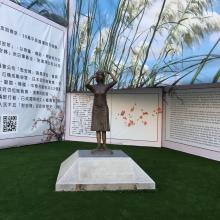 |
The contested gazes of ‘Comfort Women’ statues in Korea and TaiwanSince December 2011 the gaze of a ‘comfort women’ statue has been directed at the Japanese Embassy in Seoul. This statue, erected by the "Korean Council for Women Drafted for Military Sexual Slavery by Japan", marked the 1000th weekly rally calling on the Japanese government to issue an apology and compensation to Korean victims of the Japanese army’s WWII sexual enslavement. The movement found echoes in Tainan, Taiwan, a former colony of Japan, in 2018 when a ‘comfort women’ statue was erected during the "Memorial Day for Japanese Forces’ Comfort Women Victims". This piece considers the gaze of these statues, what they have come to represents and what role they may yet play in the memory of wartime violence in East Asian. by Hyun Kyung Lee and Shu-Mei Huang, March 2019 |
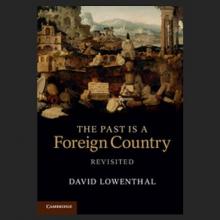 |
A Tribute to David Lowenthal (1923 – 2018)Professor David Lowenthal died peacefully at home in London on 15 September 2018. His critical eye, through which he looked at our present, will be painfully missed. Although, we think of him as the father of Heritage Studies, he is not our reluctant heritage, he is more than that: David Lowenthal is our history. by Andrea Kocsis, September 2018 |
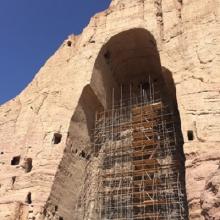 |
Reconstructing the Bamiyan BuddhasIn 2001, the Taliban destroyed the colossal Bamiyan Buddhas situated in war-torn Afghanistan. The destruction of the Bamiyan Buddhas is perhaps the most iconic example of modern heritage destruction. PhD Candidate J. Eva Meharry reflects on what role the Bamiyan Buddhas played in Afghanistan’s political history and what role the site may play in future as the country reconstructs its national identity. by J. Eva Meharry, August 2018 |
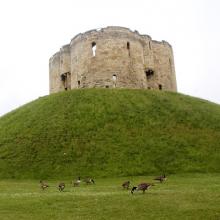 |
Interpreting the site of a 700 year old massacreToday the Clifford's Tower is one of the main tourist attractions in York managed by English Heritage. The pretty medieval keep standing in the heart of the city is charming, with its clumsily leaning walls and the peaceful families of geese living around it. There is little to give away that Clifford's Tower is a place of dissonant heritage. However, it is a dissonant heritage site, since one of the worst anti-Semitic massacres of the Middle Ages took place here in 1190. CHRC Graduate Member Andrea Kocsis considers what keeps us from interpreting emotionally the contested heritage site. by Andrea Kocsis, May 2018 |

